Salads often parade as the heroes of healthy eating, but not all leafy bowls are created equal. Hidden beneath creamy dressings, fried toppings, and sugar-glazed nuts, many so-called “healthy” salads can quietly sabotage your diet, leaving your waistline and energy levels paying the price. But don’t banish salads from your plate just yet. When built with intention, they can become vibrant allies in your health journey, packed with fiber, antioxidants, and satisfying protein. This guide will help you separate the imposters from the true nutritional champions, ensuring your next salad choice fuels your goals instead of derailing them.
1. Oriental Chicken Salad
This deceptive bowl of greens hides a shocking 1,290 calories and 81 grams of fat behind its healthy-sounding name. The crispy (aka fried) chicken strips are the first red flag.
Those crunchy noodles you love? They’re essentially deep-fried carbs adding empty calories. The sweet Oriental dressing delivers a sugar punch that rivals dessert.
Ordering this salad is nutritionally similar to choosing a double cheeseburger with fries. If you’re truly counting calories, this salad isn’t your ally – it’s working against your waistline while pretending to be virtuous.
2. Waldorf Salad
Surprise! This innocent-looking salad harbors 1,230 calories and a whopping 87 grams of fat. The culprits? Those sweet, candied walnuts providing concentrated sugar and fat in tiny packages.
Gorgonzola cheese adds richness but also significant saturated fat. The balsamic Dijon dressing alone can contribute hundreds of calories.
While apples and greens provide some nutrients, they’re overshadowed by the caloric density of the other ingredients. Many dieters choose this thinking they’re making a smart choice, unaware they’d consume fewer calories with a personal pizza instead!
3. Caesar Salad with Dressing
The Roman emperor would be shocked to learn his namesake salad packs 612 calories and 55 grams of fat per serving! Romaine lettuce itself is perfectly healthy and low-calorie.
The villains here are the creamy dressing (essentially an emulsion of oil, egg yolks, and cheese) and those abundant parmesan shavings. The croutons add extra refined carbs that spike blood sugar.
What makes this particularly dangerous is portion distortion – restaurants often serve Caesar salads that count as 2-3 servings, potentially delivering over 1,500 calories in what appears to be a virtuous choice. The anchovies might be the only diet-friendly component!
4. Cobb Salad
The Cobb salad looks like a protein powerhouse with its colorful rows of ingredients. Unfortunately, those pretty rows add up to 683 calories and 46 grams of fat before you even consider the dressing!
Bacon brings smoky flavor but also saturated fat and sodium. Blue cheese and egg yolks contribute additional fat calories. Even avocado, though offering healthy fats, still adds to the caloric total.
When you top it all with ranch dressing (typically 140 calories per two tablespoons), you’ve created a salad with more calories than many fast-food sandwiches. The lettuce base may be the only truly diet-friendly component in this popular bowl.
5. Chef Salad
The deli counter meets the salad bowl in this protein-heavy option that delivers 554 calories and 32 grams of fat. Processed meats like ham and turkey contribute significant sodium – often over 1,000mg per serving.
Those neat rolls of deli meat hide preservatives and additives that can cause water retention and bloating. The cheese adds calcium but also saturated fat.
While this salad provides plenty of protein, it’s not the lean kind that supports weight loss. The typical Italian or ranch dressing adds another 150-200 calories. For dieters watching sodium intake or trying to reduce processed foods, this salad works against those goals despite its vegetable base.
6. Coleslaw
This cabbage-based side dish masquerades as a vegetable serving while delivering 232 calories and 14 grams of fat per small cup. The mayonnaise-based dressing transforms nutritious cabbage into a calorie landmine.
Traditional recipes include sugar – sometimes several tablespoons per batch – creating a sweet-and-tangy flavor that makes it addictively good. The creamy coating negates much of the fiber benefit from the vegetables.
What makes coleslaw particularly dangerous is its reputation as a “vegetable dish,” leading many dieters to consider it a healthy choice. The portion sizes at restaurants are typically 1.5-2 cups, potentially delivering over 400 calories as a mere side dish to your meal!
7. Taco Salad
The fried tortilla bowl alone contains about 400 calories before you even add a single vegetable! This Mexican-inspired creation easily exceeds 830 calories once filled with seasoned ground beef, cheese, and sour cream.
The iceberg lettuce base offers minimal nutritional value compared to darker greens. That colorful pile of toppings includes high-fat cheese and often refried beans with added lard.
Many people eat the entire tortilla shell, not realizing it’s essentially a giant fried chip. The salsa is actually the healthiest component! Despite the “salad” in its name, this dish has more in common nutritionally with nachos supreme than with anything that supports weight loss goals.
8. Chili’s Quesadilla Explosion Salad
The name hints at caloric disaster, and this salad delivers with an explosive 1,430 calories! The cheese quesadilla wedges surrounding the bowl aren’t garnish – they’re the caloric equivalent of eating a cheese pizza alongside your salad.
Tortilla strips add crunch but also empty carbs. The citrus-balsamic dressing sounds light but contributes significant sugar and oil calories.
This menu item represents perhaps the most extreme example of how the word “salad” can be stretched beyond recognition. The greens are merely a backdrop for what amounts to multiple meals’ worth of calories. Ironically, you’d be better off calorically ordering a burger and skipping the “healthy option.”
1. Avocado and Grilled Chicken Salad
Finally, a salad that actually supports your diet goals! Lean grilled chicken provides filling protein without excess calories or the fat that comes with frying.
Avocado delivers heart-healthy monounsaturated fats that help you absorb fat-soluble vitamins from the vegetables. These healthy fats also trigger hormones that signal fullness, preventing overeating later.
The fiber combination from greens and avocado slows digestion, stabilizing blood sugar and preventing energy crashes. For maximum benefit, use a light vinaigrette or lemon juice instead of creamy dressing. This balanced meal provides around 350-400 calories when properly portioned, supporting weight management while delivering essential nutrients.
2. Mediterranean Lentil Salad
Tiny powerhouse lentils pack a one-two punch of protein and fiber that keeps hunger at bay for hours. Unlike meat proteins, these legumes contain zero cholesterol while offering heart-protective benefits.
The Mediterranean flavor profile typically includes olive oil, lemon juice, and herbs – a far cry from the heavy, creamy dressings that sabotage other salads. Vegetables like bell peppers, cucumbers, and tomatoes add volume and nutrients without significant calories.
At approximately 300 calories per serving, this plant-based option supports weight management while delivering iron, folate, and polyphenols. The soluble fiber in lentils also feeds beneficial gut bacteria, potentially improving digestion and reducing bloating – a welcome bonus for anyone trying to flatten their stomach.
3. Kale and Quinoa Salad
Superfoods unite in this nutrient-dense combination that supports weight loss through complex mechanisms. Kale provides impressive volume with minimal calories – you can eat cups of it for under 50 calories.
Quinoa offers complete protein (containing all essential amino acids) rare in the plant world. This ancient grain provides steady energy without the blood sugar spikes that trigger hunger.
The bitter compounds in kale actually help stimulate bile production, potentially improving fat digestion and absorption. For maximum benefit, massage raw kale with a touch of olive oil and lemon juice to break down the tough fibers, making nutrients more bioavailable. This 350-calorie meal provides sustained energy for hours while delivering antioxidants that support overall health.
4. Sprouted Moong Mix
This Indian-inspired salad features sprouted mung beans, which undergo a fascinating nutritional transformation during the sprouting process. Enzyme activity increases vitamin content while decreasing anti-nutrients that can block mineral absorption.
The sprouting process actually makes the proteins more digestible and bioavailable. At just 150 calories per cup, this light yet satisfying salad provides remarkable satiety.
The traditional preparation includes chopped tomatoes, onions, cilantro, and lemon juice – no heavy dressings needed! The high water and fiber content creates volume in your stomach, triggering stretch receptors that signal fullness. This salad supports weight loss while providing nutrients that are particularly beneficial during calorie restriction.
5. Beetroot Carrot Kosambari
This vibrant South Indian salad combines grated beetroot and carrot for a sweet, earthy flavor profile without added sugars. The striking ruby-red color comes from betalains, powerful antioxidants unique to beets that support liver detoxification.
Carrots contribute beta-carotene, which converts to vitamin A in the body, supporting skin health during weight loss. The traditional preparation includes a light tempering of mustard seeds, which contain compounds that may boost metabolism.
At approximately 120 calories per serving, this salad offers impressive volume and crunch that satisfies psychological hunger. The fiber combination supports digestive health, potentially reducing bloating. For those concerned about water retention, the potassium in both vegetables helps balance sodium levels, reducing puffiness.
6. Cabbage and Curd Mix
This probiotic-rich creation combines shredded cabbage with yogurt (curd) for a gut-healthy meal that supports weight loss from the inside out. The probiotics in yogurt help establish beneficial gut bacteria that may improve digestion and nutrient absorption.
Unlike creamy, mayonnaise-based coleslaws, this tangy alternative uses protein-rich yogurt as its base. The result is a satisfying dish with approximately 150 calories per serving.
Cabbage contains compounds that support liver function – important since the liver processes fat during weight loss. The sulfur compounds in cabbage may also support detoxification pathways. For maximum benefit, use plain, unsweetened yogurt and add flavor through spices like cumin, which may help regulate blood sugar levels.
7. Chickpea and Kale Salad with Sun-Dried Tomato Vinaigrette
This Mediterranean-inspired creation balances macronutrients perfectly for sustainable weight loss. Chickpeas provide plant-based protein and resistant starch, a special type of fiber that resists digestion and feeds beneficial gut bacteria.
The sun-dried tomato vinaigrette delivers intense flavor with minimal calories compared to creamy dressings. These concentrated tomatoes also provide lycopene, an antioxidant that becomes more bioavailable when combined with the olive oil in the dressing.
Kale adds volume, fiber, and nutrients including vitamin K, important for bone health during weight loss. At approximately 300 calories per serving, this salad keeps blood sugar stable while providing sustained energy. The combination of protein, fiber, and healthy fat prevents the energy crashes that often lead to unhealthy snacking.
8. Loaded Chicken & Broccoli Salad
Protein meets fiber in this satisfying combination that supports muscle maintenance during weight loss. Grilled chicken provides lean protein with minimal calories – approximately 30 grams of protein for 165 calories.
Broccoli offers impressive volume with minimal caloric impact – a cup of chopped broccoli contains just 31 calories while providing 2.4 grams of fiber. This cruciferous vegetable contains compounds that may help the body metabolize estrogen, potentially reducing water retention.
What makes this salad special is the balance of satisfying protein and fiber-rich vegetables that fill your plate and your stomach. Skip the heavy ranch dressing and opt for a light vinaigrette to keep this meal around 350 calories. The combination supports weight loss while preserving lean muscle mass.
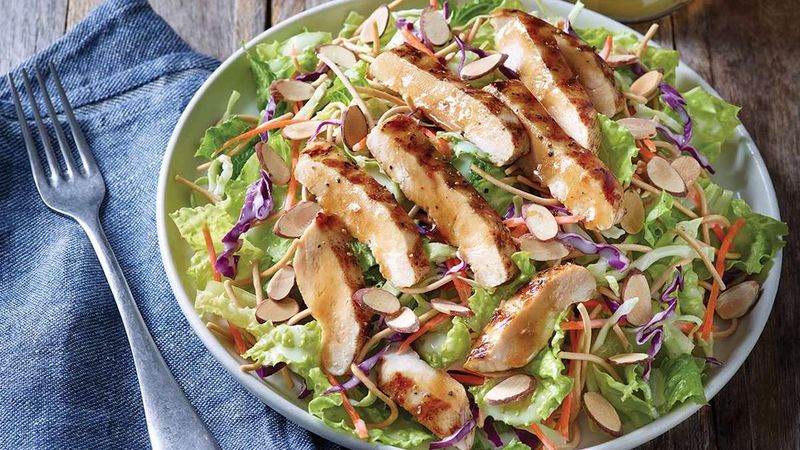
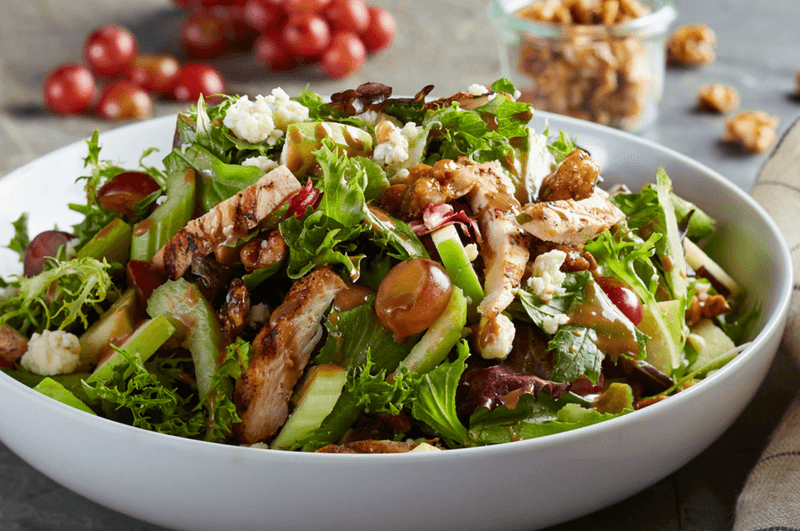
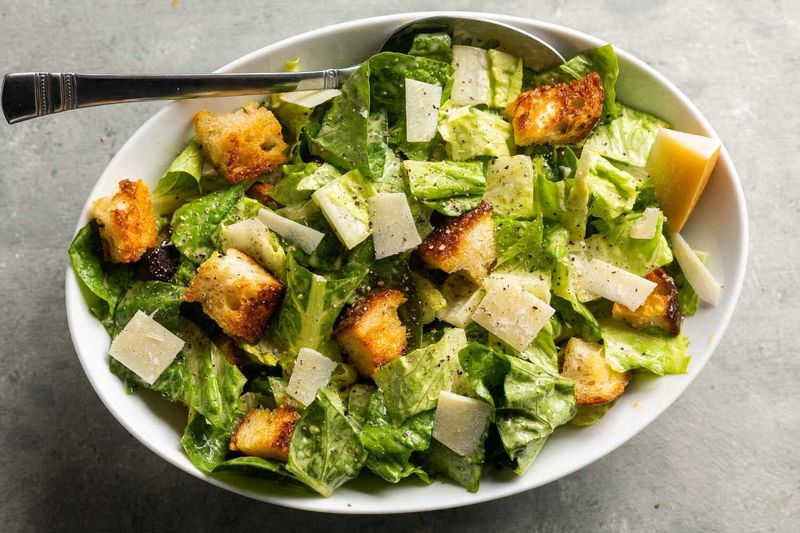
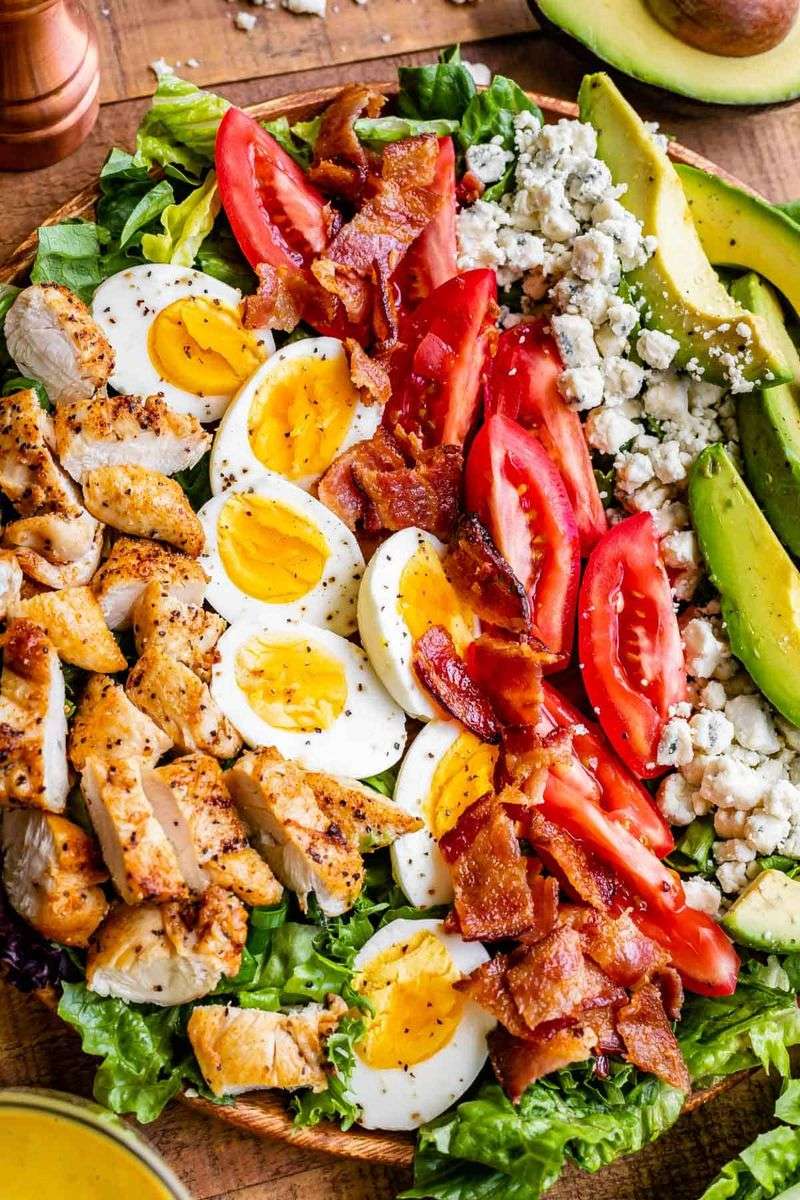
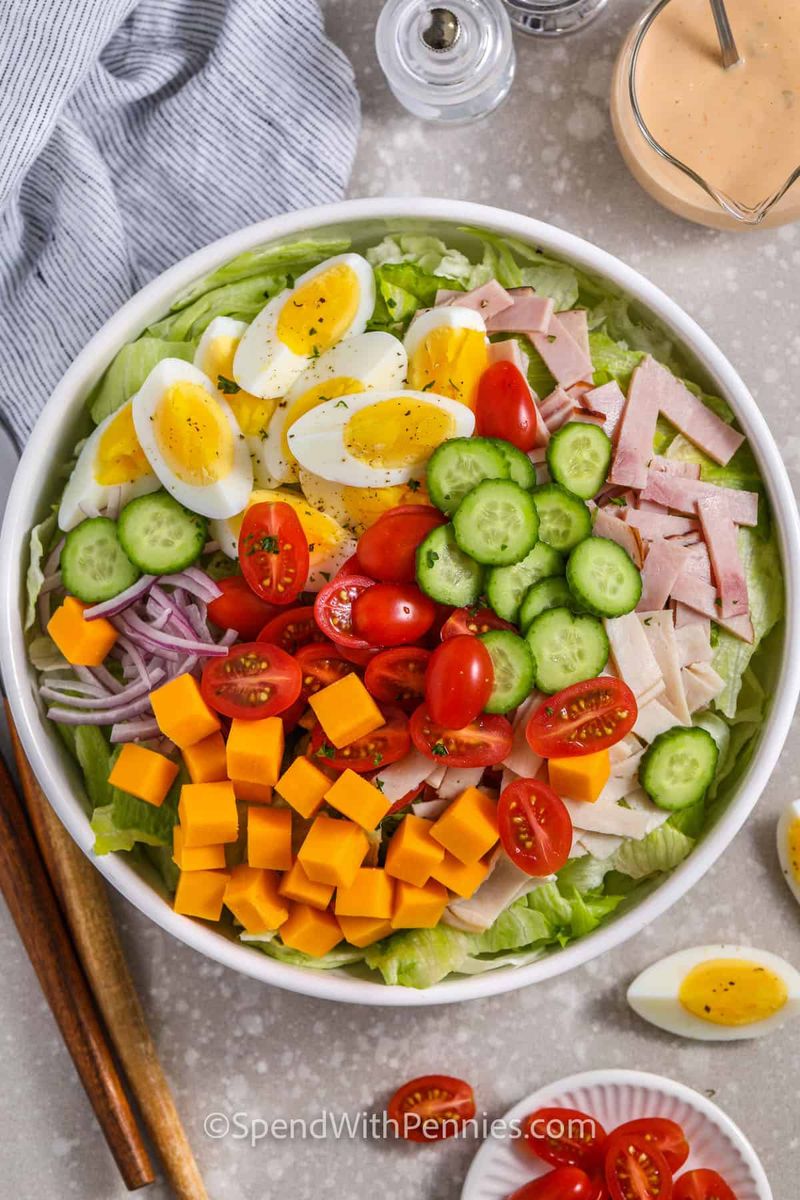
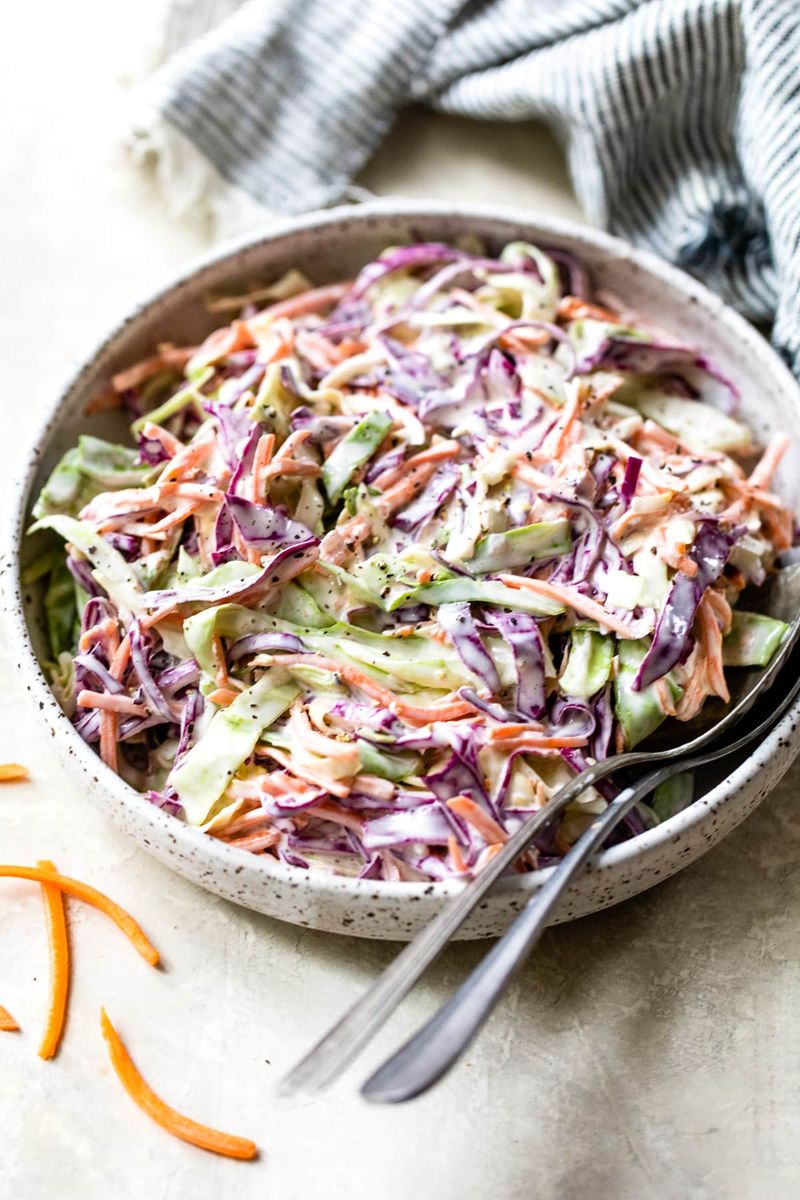
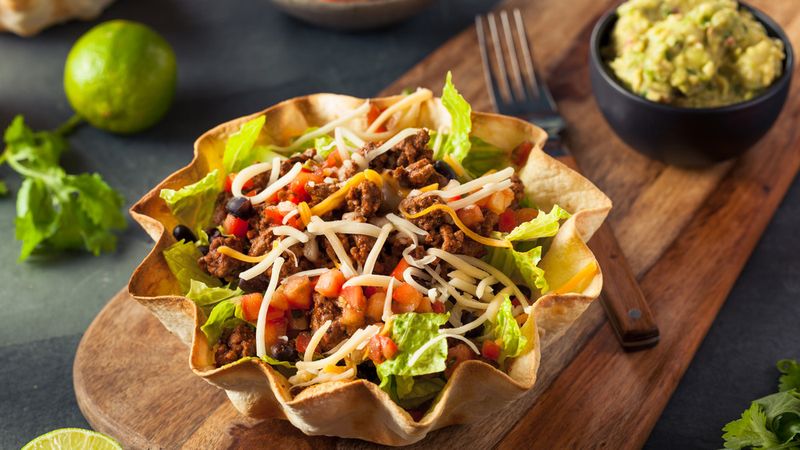
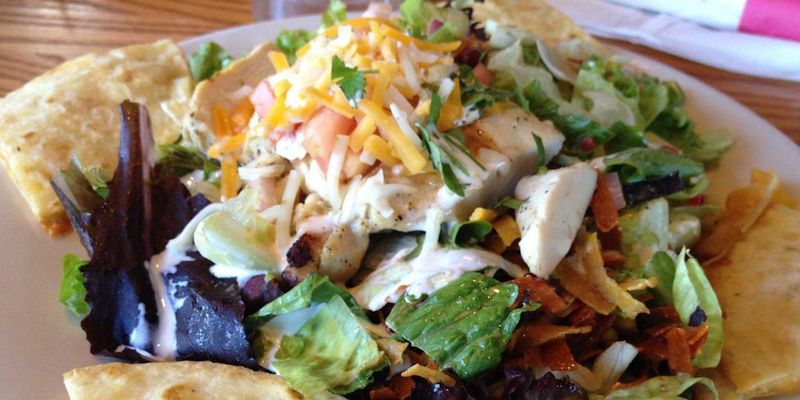
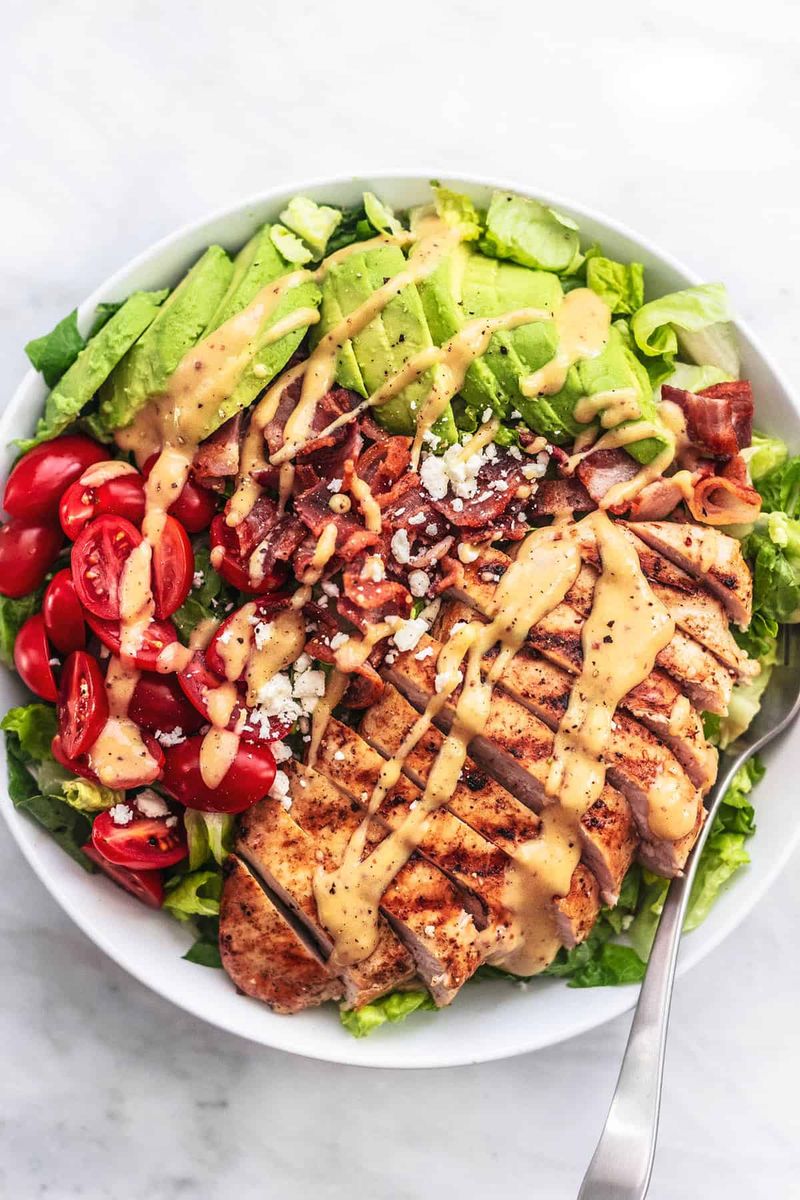
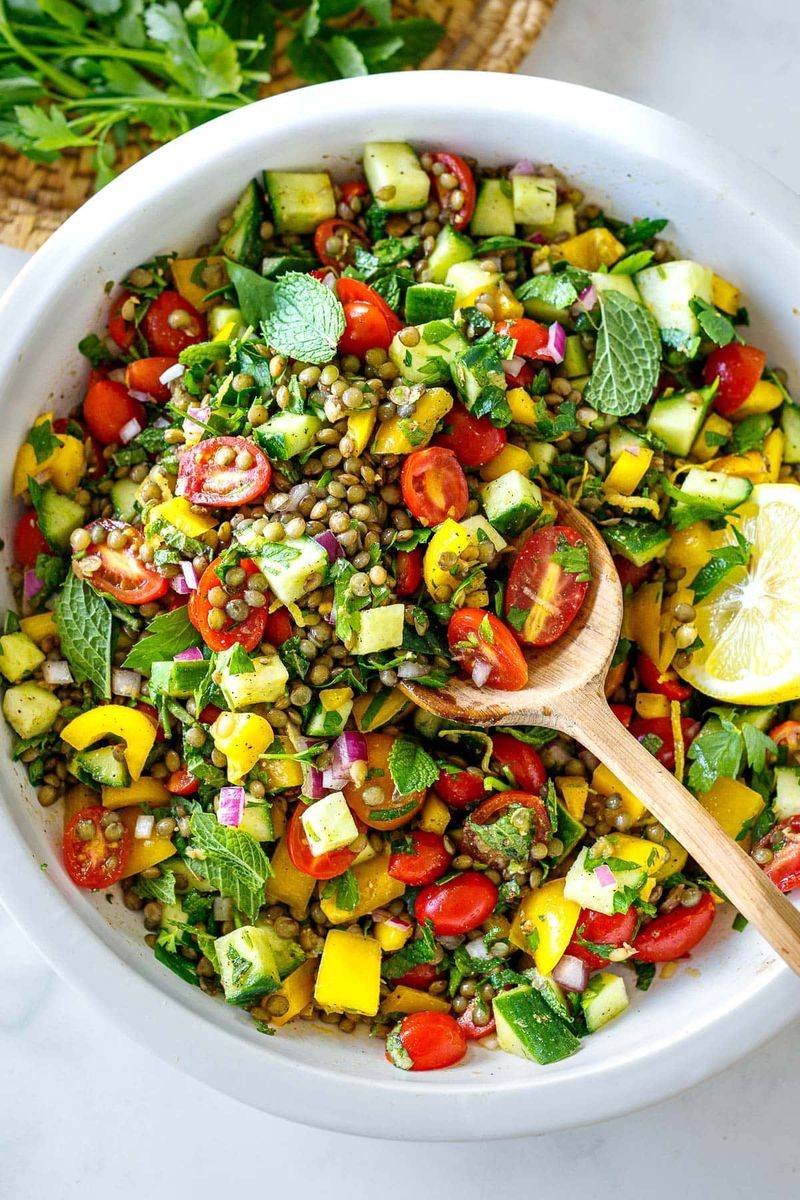
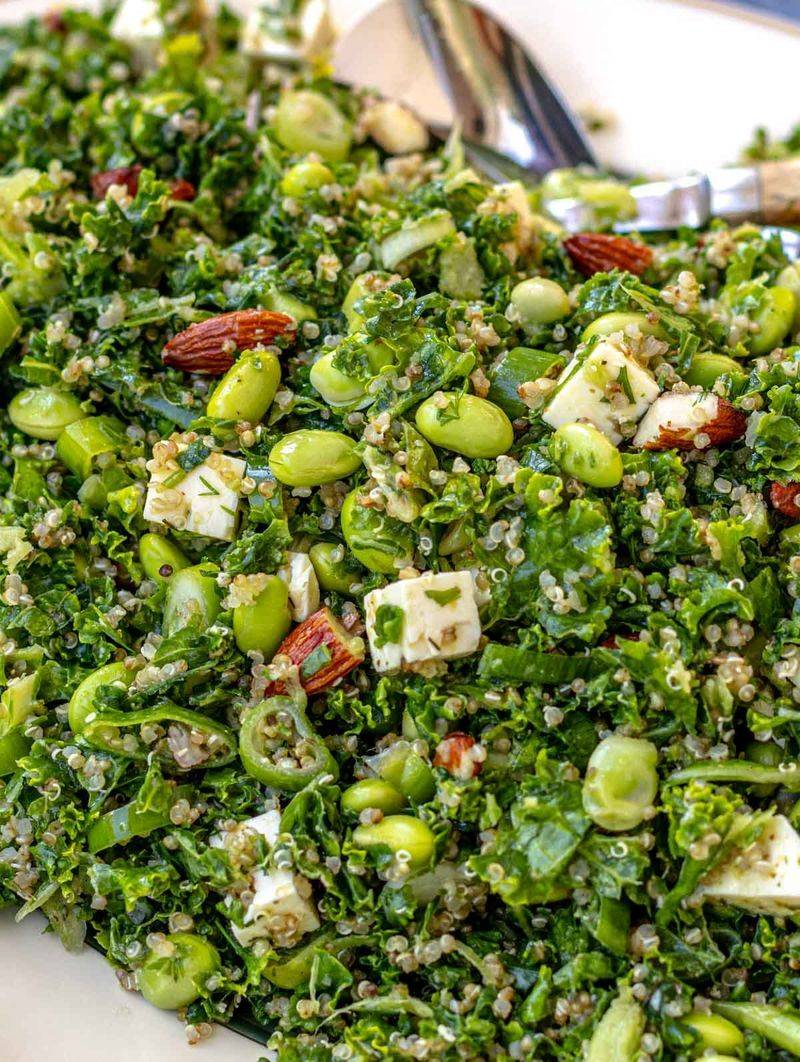
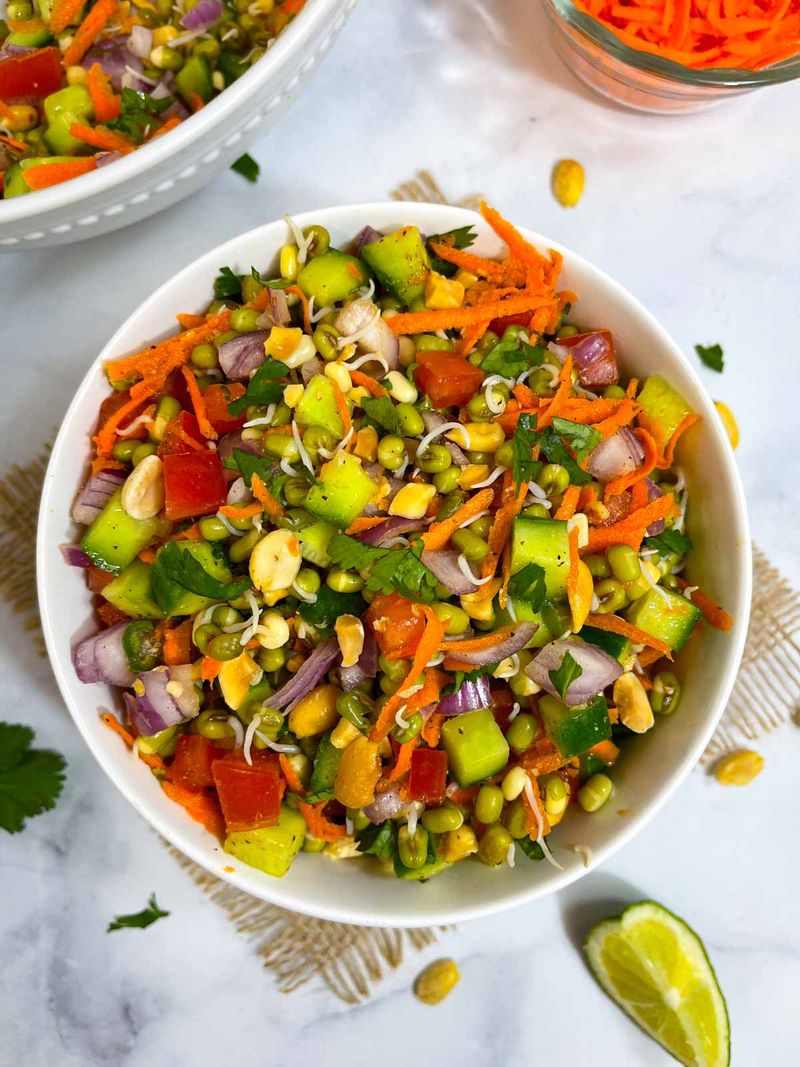
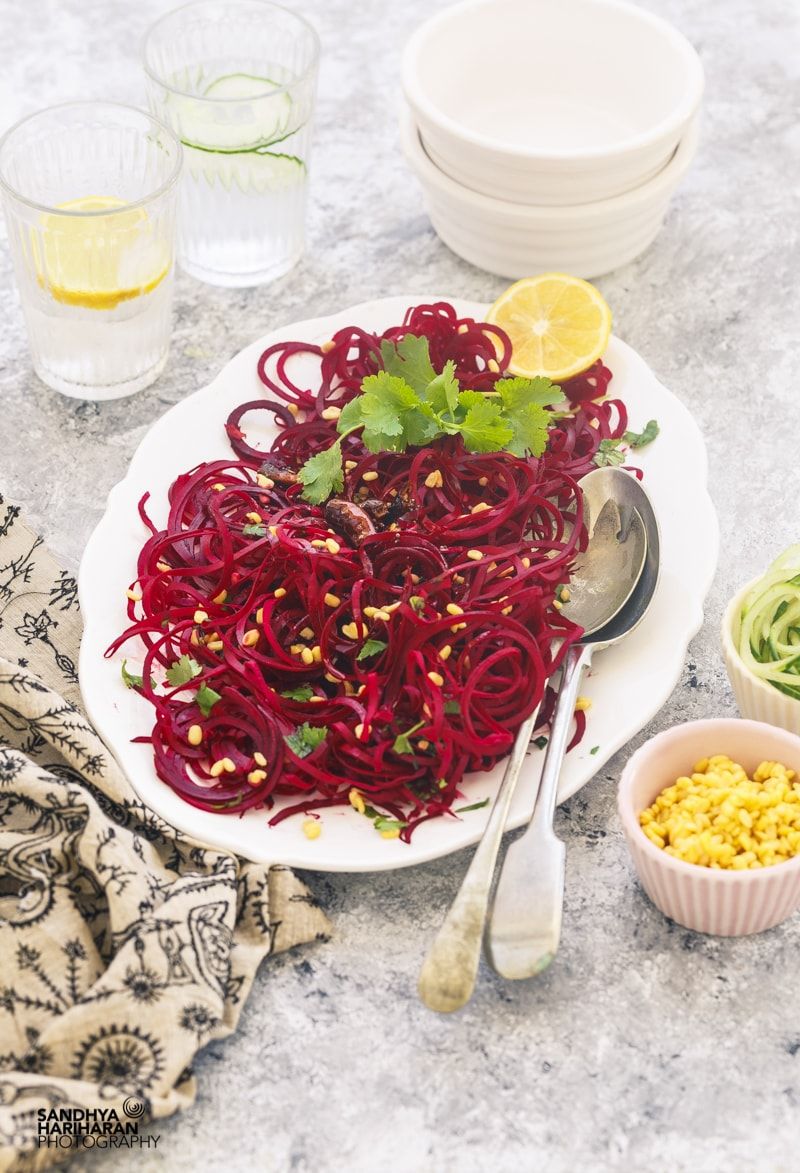
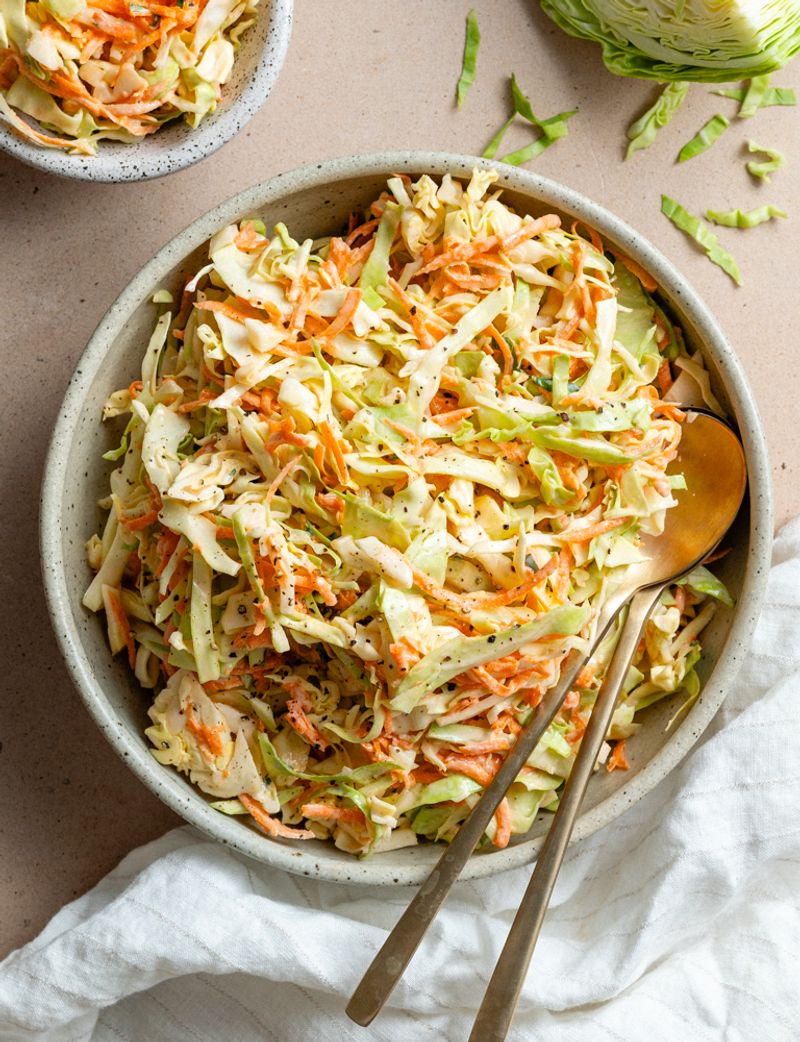
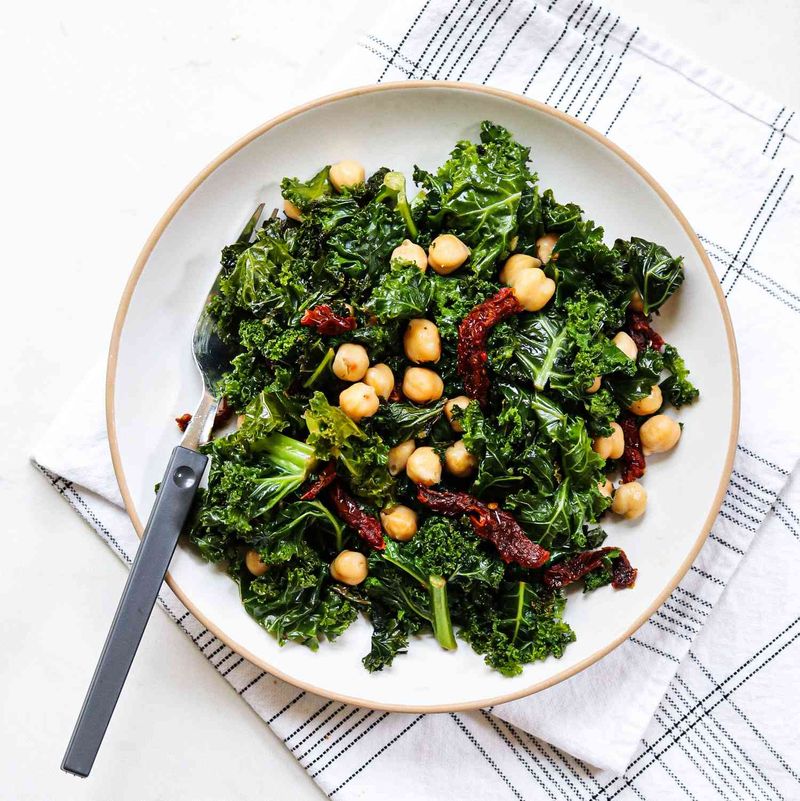
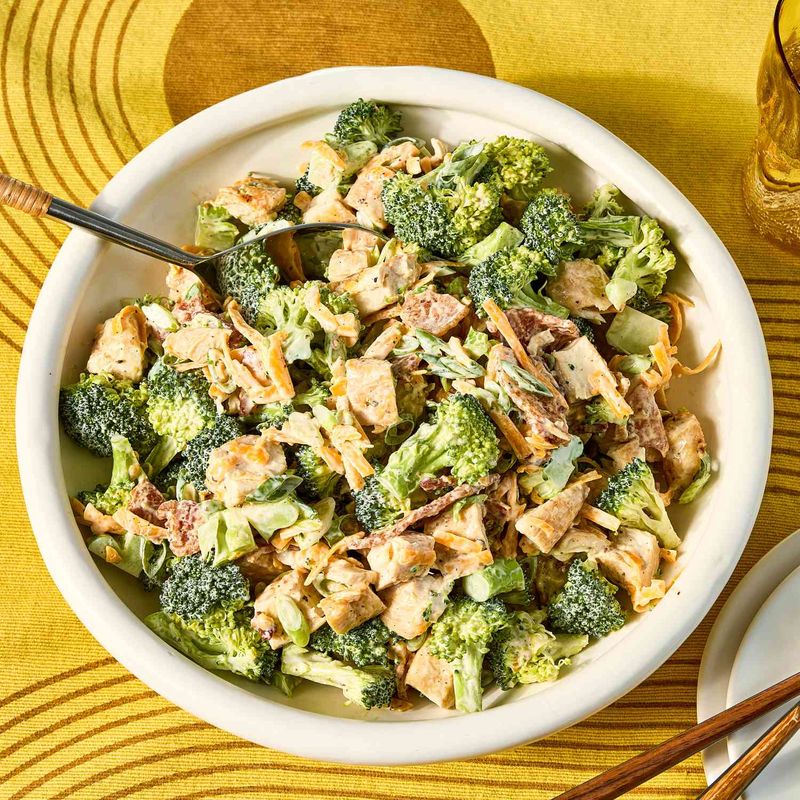
Leave a comment